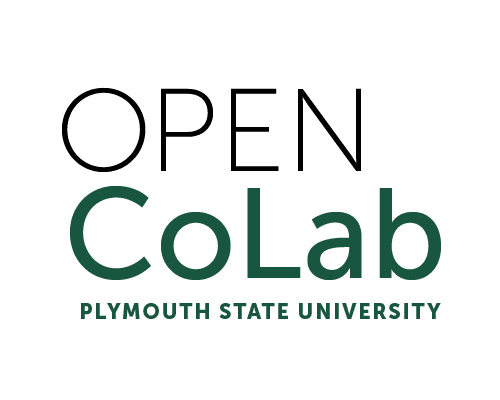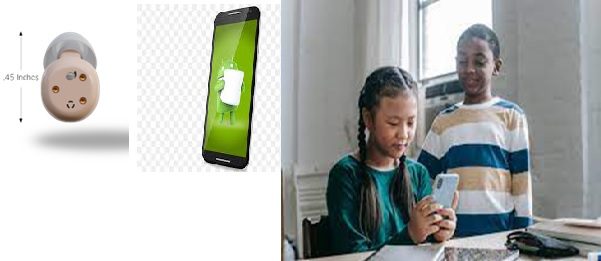

Design Forward
An emergent exploration of critical instructional design.
Design Forward
Portfolio Part: Interpreting the language of learning
DREAM TECH TOOL
Interpreting the language of learning
Step One
Imagine suddenly you have the power to design the technology tool for teaching of your dreams, unrestricted by cost, achievability, skills, the laws of physics, etc. What is it? What are its features? How does it work? Describe your technology tool in as much detail as possible.
Imagine a tool that could interpret the inherent language of any profession. We know that there are words, acronyms, expressions that are used by professors, healthcare providers, IT providers, the military, to name a few that if you’re not a part of that group you don’t always know what they are really saying. I imagine a hearing aid type tool that has the ability to detect confusion when unknown words or phrases are heard. This aid would be connected to a persons smartphone at all times , independent of the cellphone plan, so that the words/phrases that caused confusion would in real time be interpreted into plain language and this interpretation would appear on the persons screen.
Step Two
Next, create some kind of visual representation of the tool, its interface, it being used, etc. Upload your image below.

Step Three
Now, based on the tool that you designed, consider: What instructional problem does it solve? What NEW problems might it present? Who does it include and who does it leave out? What does this tool tell us about you and your values? Consider these questions from the student perspective. What might their response to your dream tool be?
